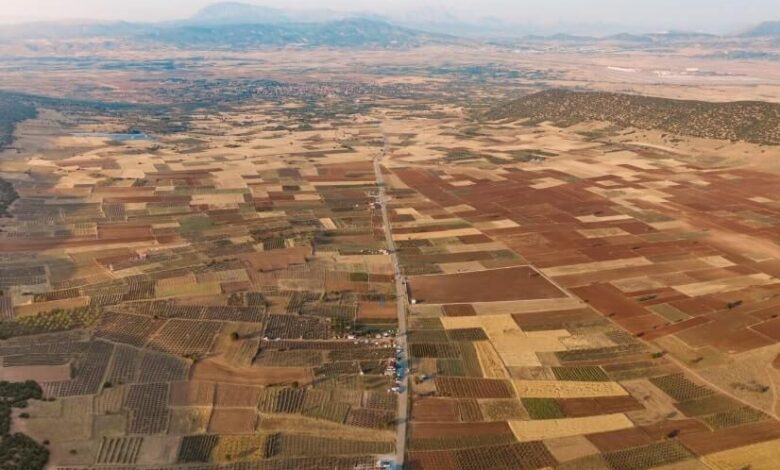Why Professional Aerial and Satellite Services Are Vital for Rural Areas

Digital connectivity and media access are considered essential services, so ensuring the availability and quality of these services in rural areas is paramount. Professional aerial and satellite services play a critical role in bridging the digital divide between urban centres and the countryside, offering rural communities opportunities for entertainment, education, and economic development that are comparable to their urban counterparts.
This article explores the significance of these services for rural areas, highlighting the unique challenges they address and the benefits they introduce to these communities.
The Digital Divide in Rural Areas
The term ‘digital divide’ refers to the gap between individuals who have access to modern information and communication technology and those who do not. This divide is notably pronounced in rural areas, where geographical isolation, lower population densities, and the resulting lack of infrastructure investment contribute to limited digital connectivity. Professional aerial and satellite services are instrumental in mitigating these issues by providing reliable access to television and internet services.
Geographical Challenges
One of the primary obstacles to delivering digital services in rural areas is the geographical terrain. Mountains, valleys, and large distances from broadcasting centres can significantly affect signal reception. Professional aerial and satellite installation teams are equipped with the expertise and equipment to overcome these challenges. They can assess the best locations for aerials and satellite dishes, ensuring optimal alignment for the strongest signals.
Infrastructure Limitations
The infrastructure required for cable or fibre optic broadband is often underdeveloped in rural regions, making traditional internet service provision costly or altogether unfeasible. Satellite broadband services circumvent this issue by delivering internet connectivity directly from satellites orbiting the Earth. This approach not only extends coverage to remote areas but also offers competitive speeds that can rival those of urban broadband services.
Enhancing Access to Education and Information
In addition to entertainment value, television, and internet services are vital channels for education and information dissemination, especially in isolated regions. Satellite and aerial solutions allow for the delivery of educational programming, online learning platforms, and real-time information that can significantly impact local communities’ literacy rates, educational achievement, and awareness of global affairs.
Bridging Educational Gaps
Remote learning has become increasingly important, particularly in the wake of global challenges such as the COVID-19 pandemic. For rural students, having reliable access to the internet and educational broadcasts means the difference between continuing their studies uninterrupted and falling behind their urban peers.
Supporting Local Economies
Reliable digital services can profoundly affect rural economies. They enable farmers and local businesses to access online markets, obtain real-time information on weather and agricultural best practices, and connect with customers well beyond their local areas. Professional aerial and satellite installations thus become not just a matter of convenience but a critical investment in the economic vitality of rural communities.
Tailored Solutions for Diverse Needs
Professional services recognise the diversity within rural communities, offering tailored solutions that address specific needs and challenges. Whether it’s selecting the right type of satellite broadband package for a remote business or installing a communal aerial system for a small village, these services are designed with flexibility and scalability in mind.
The Role of Government and Regulations
The UK government recognises the importance of digital access for all its citizens, including those in rural areas. Various initiatives and regulatory frameworks support the expansion of digital infrastructure into these regions, often with a focus on leveraging satellite and aerial technologies. Professional service providers must navigate these regulations, ensuring that their installations comply with safety standards, planning permissions, and other legal requirements.
The Environmental Consideration
Professional installations also take into account the environmental impact of their operations, especially relevant in countryside settings that may be areas of outstanding natural beauty or have protected statuses. Carefully planned installations aim to minimise visual impact and ensure that the natural environment is preserved for future generations.
Conclusion
The importance of professional aerial and satellite services for rural areas cannot be overstated. By providing vital access to digital connectivity and media, they play a critical role in addressing the digital divide, supporting educational endeavors, and bolstering local economies.
As technology progresses and the demand for digital services continues to grow, the role of these professionals will only become more pivotal, ensuring that no community is left behind in our increasingly connected world. Investing in and supporting these services is not merely a matter of convenience but a fundamental step towards inclusive progress and development for all.



